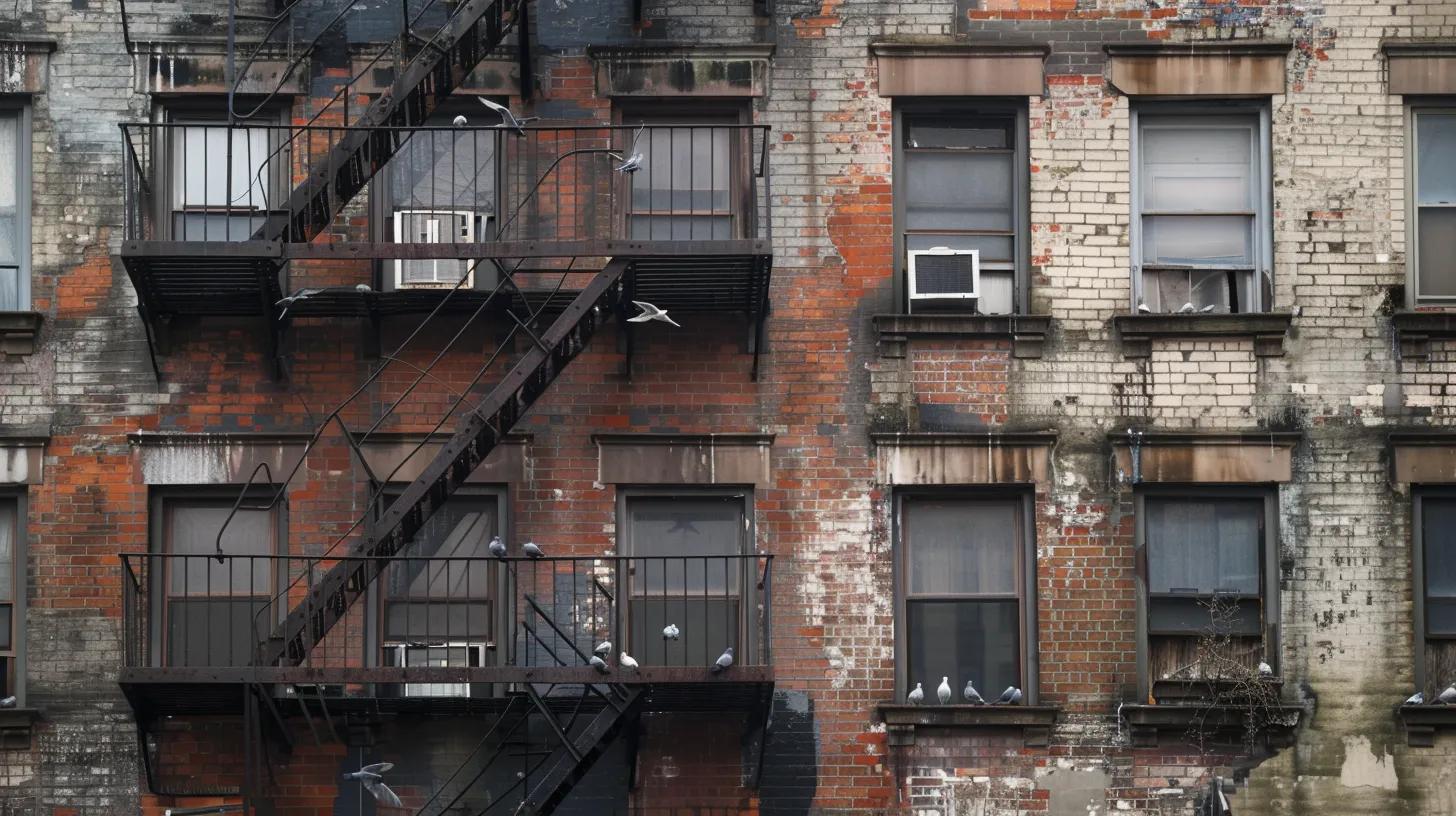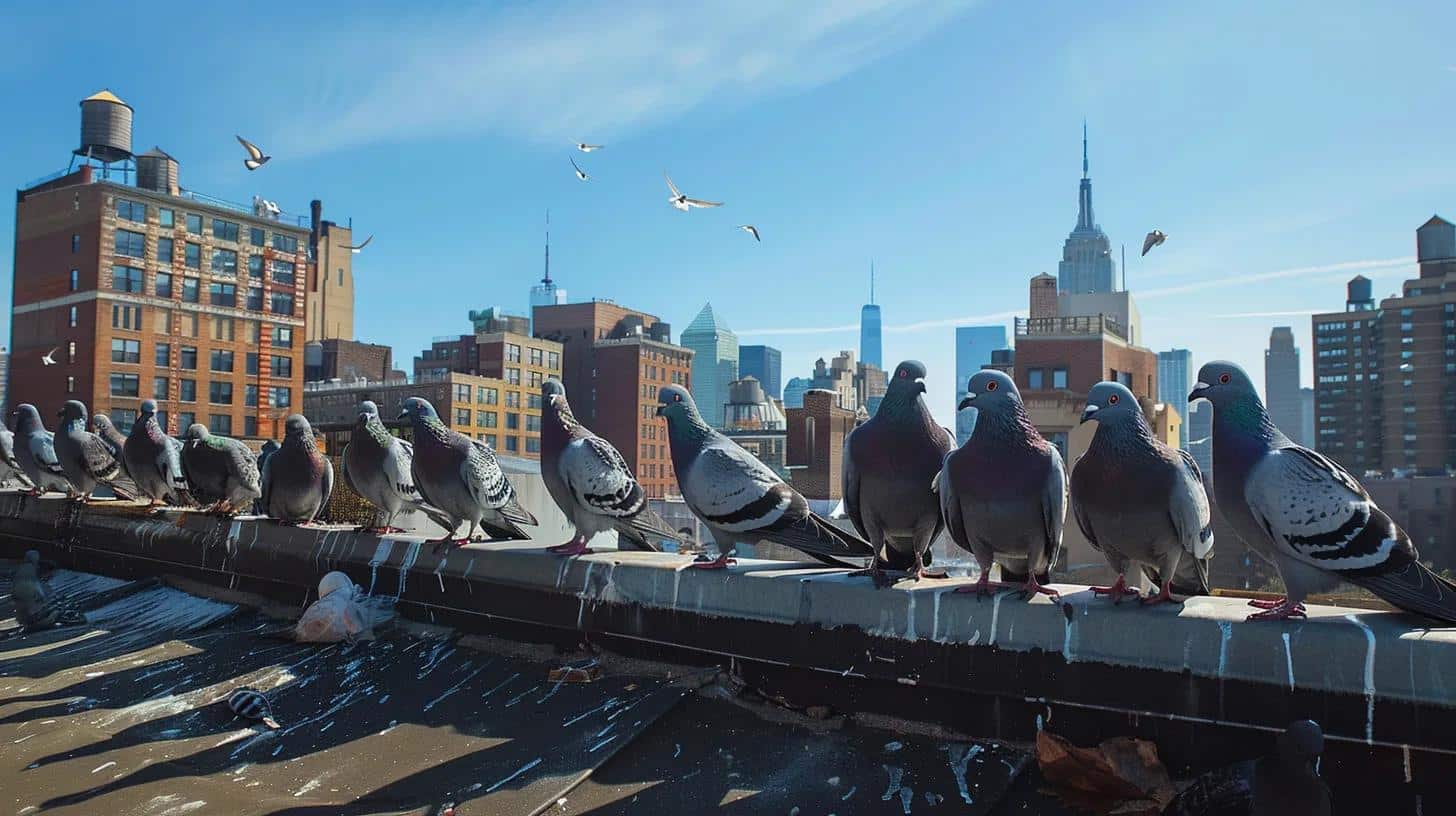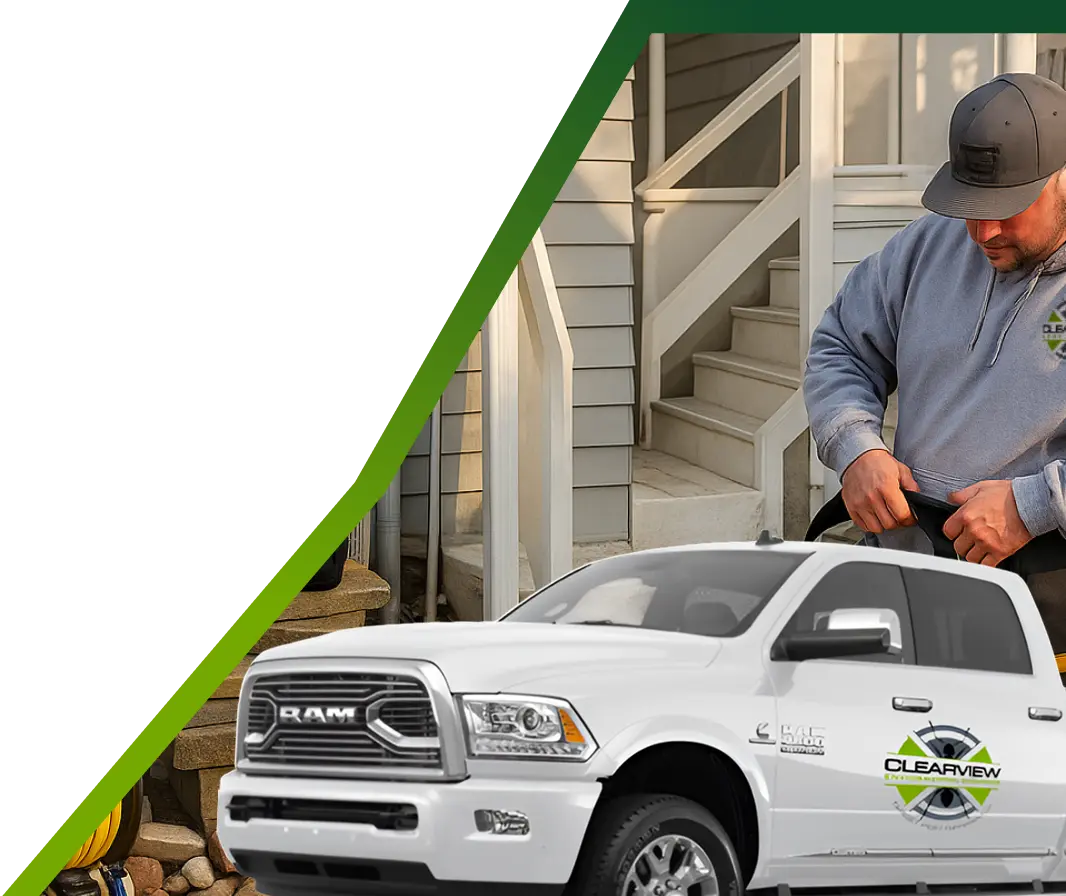Newark’s bustling urban landscape provides an ideal habitat for pigeons, but what many property owners don’t realize is that these seemingly harmless birds pose serious threats that extend far beyond aesthetic concerns. As one of New Jersey’s most densely populated cities, Newark faces unique challenges when it comes to urban bird management, making professional bird exclusion services not just beneficial, but essential for property protection and public health.
The Hidden Dangers of Pigeon Infestations in Newark
Health Risks That Go Beyond the Surface
While many Newark residents view pigeons as merely an eyesore, the reality is far more concerning. Diseases associated with pigeon droppings include Cryptococcosis, Histoplasmosis and Psittacosis, which you can become infected with by breathing in the dust that is created when cleaning droppings. These respiratory conditions can be particularly dangerous for vulnerable populations, including the elderly, children, and individuals with compromised immune systems.
The risk becomes especially pronounced in Newark’s high-density environment where buildings are closely packed and ventilation systems can spread contaminated particles throughout entire structures. Property managers of apartment complexes, office buildings, and commercial facilities must understand that pigeon-related health hazards can lead to serious liability issues if not properly addressed through professional bird control services.
Structural Damage: The Expensive Reality
Droppings are very acidic and can destroy roofing materials and even damage solar panels, with roof leaks causing rainwater to soak the droppings and bring everything in their droppings right into your attic. In Newark’s varied architectural landscape, from historic brownstones to modern commercial buildings, this acidic damage can be particularly costly to repair.
The financial implications extend beyond immediate property damage. Accumulated pigeon droppings create slip hazards on walkways, stain building facades, and clog gutters and drainage systems. For businesses in Newark’s competitive commercial districts, the professional appearance of their properties directly impacts customer perception and foot traffic.
Why Newark’s Urban Environment Attracts Pigeons

Food Sources and Shelter Opportunities
Newark’s urban design inadvertently creates perfect conditions for pigeon populations to thrive. The abundance of food sources, from outdoor dining areas to improperly secured waste containers, provides consistent nutrition. Additionally, the city’s architectural features—including building ledges, fire escapes, and HVAC units—offer ideal nesting locations that pigeons instinctively seek.
The proximity to transportation hubs like Newark Penn Station and Newark Liberty International Airport also contributes to the problem, as these areas generate significant food waste and provide protected spaces where pigeons can establish colonies undisturbed.
Climate Factors and Seasonal Patterns
New Jersey’s climate patterns create year-round challenges for property owners. During colder months, pigeons seek heated buildings for warmth, often gaining access through small openings in building envelopes. Spring and summer months see increased breeding activity, rapidly expanding local populations if not properly managed through professional wildlife control measures.
Professional Bird Exclusion: The Comprehensive Solution
Understanding Exclusion vs. Elimination
Effective bird management in Newark requires a nuanced approach that prioritizes exclusion over elimination. Professional bird exclusion focuses on making properties inhospitable to pigeons without harming the birds themselves, aligning with both humane practices and local regulations regarding wildlife management.
This approach involves comprehensive assessment of potential entry points, food sources, and nesting sites, followed by strategic installation of barriers, deterrents, and environmental modifications that discourage pigeon settlement while maintaining the building’s functionality and aesthetic appeal.
Advanced Exclusion Technologies
Modern bird exclusion employs sophisticated technologies that provide long-term solutions. These include:
Physical Barriers: Custom-fitted netting, spikes, and wire systems designed to blend with building architecture while effectively preventing roosting and nesting. These solutions are engineered to withstand Newark’s weather conditions, from winter ice storms to summer heat.
Deterrent Systems: Electronic and visual deterrent devices that create uncomfortable environments for pigeons without impacting other wildlife or building occupants. These systems can be integrated with building automation systems for optimal efficiency.
Environmental Modifications: Strategic changes to building design elements that eliminate attractive features while enhancing property functionality. This might include modifying ledges, installing specialized covers on HVAC equipment, or redesigning outdoor spaces to reduce food availability.
Integrated Pest Management Approach
Professional bird exclusion works best as part of a comprehensive integrated pest management strategy. This approach considers the entire property ecosystem, identifying factors that attract not only pigeons but other urban pests that can compound property management challenges.
By addressing bird issues holistically, property owners can prevent secondary infestations of insects and rodents that often follow bird colonies, creating a cleaner, safer environment for occupants while reducing long-term maintenance costs.
The Legal and Regulatory Landscape in Newark

Compliance Considerations
Property owners in Newark must navigate various regulations when addressing pigeon problems. Some bird species are protected under federal and state laws, making professional expertise essential for compliant pest management. Understanding these regulations helps property owners avoid costly legal issues while effectively managing bird populations.
Additionally, commercial properties may face specific health department requirements regarding pest management, particularly in food service and healthcare sectors where pest prevention in food handling facilities becomes critical for operational licensing.
Insurance and Liability Factors
Many property insurance policies have specific exclusions related to pest damage, but proactive bird exclusion can help property owners maintain coverage and demonstrate due diligence in property maintenance. Professional documentation of exclusion efforts can be valuable in insurance claims and regulatory inspections.
Choosing Professional Bird Exclusion Services in Newark
Expertise and Local Knowledge
Effective bird exclusion requires deep understanding of both avian behavior and local building characteristics. Professional services bring specialized knowledge of Newark’s unique architectural styles, weather patterns, and urban wildlife dynamics that DIY approaches simply cannot match.
When selecting a bird exclusion provider, property owners should look for companies with extensive experience in urban environments, proper licensing and insurance, and a track record of long-term success in similar properties throughout the Newark area.
Comprehensive Service Offerings
The most effective bird exclusion programs include ongoing monitoring and maintenance components. Initial installation is just the beginning—successful long-term management requires periodic inspections, system adjustments, and prompt responses to changing conditions.
Professional services should also include repairs and exclusions that address both current infestations and potential future entry points, creating comprehensive protection that evolves with changing property needs.
Long-term Benefits of Professional Bird Exclusion
Property Value Protection
Beyond immediate problem resolution, professional bird exclusion helps maintain and enhance property values in Newark’s competitive real estate market. Clean, well-maintained buildings command higher rents and sale prices while attracting quality tenants who value professional property management.
The aesthetic improvements alone can significantly impact curb appeal, while the elimination of health and safety concerns makes properties more attractive to insurance companies and lending institutions.
Operational Cost Savings
While professional bird exclusion requires initial investment, the long-term savings far outweigh the costs. Reduced cleaning requirements, prevented structural damage, and eliminated health risks create substantial operational savings over time.
Additionally, proactive management prevents emergency situations that often require costly immediate interventions during inconvenient times or in challenging weather conditions.
Taking Action: Your Next Steps
Newark property owners facing pigeon problems should act quickly to prevent minor issues from becoming major infestations. Early intervention through professional bird exclusion is always more cost-effective and less disruptive than addressing established colonies.
The first step involves comprehensive property assessment by experienced professionals who can identify risk factors specific to your building’s design, location, and current conditions. This assessment forms the foundation for customized exclusion strategies that provide lasting protection while respecting your property’s unique characteristics and operational requirements.
Professional bird exclusion represents an investment in property protection, occupant health, and long-term operational efficiency. In Newark’s dynamic urban environment, this proactive approach to wildlife management is essential for responsible property stewardship and successful business operations.
For comprehensive bird exclusion solutions tailored to Newark’s unique urban challenges, contact experienced professionals who understand both the technical requirements and local regulations that ensure effective, compliant pest management. The sooner you address pigeon problems, the more cost-effective and less disruptive the solution will be.



